New York Times
Practicing the Politics of Attack

The former journalistic enterprise known as the New York Times may have fired Jayson Blair in May 2003, but his flame still burns brightly in the Times' editorial office.
Blair was the Times' reporter that plagiarized and fabricated facts to fill in his many stories. One Times' editor wanted to fire Blair in 2002 for the many mistakes and errors that appeared in his stories.
Instead, Blair was promoted.
Apparently, it hasn't escaped the notice of the remaining NYT editors that the way to get ahead at the floundering fish-wrap is to fabricate facts--whether in stories or editorials.
Just minutes after the debate ended last night, the New York Times projectile-vomited a load of anti-McCain-Palin vitriol disguised as an unsigned editorial. No wonder its author wished to remain anonymous: the editorial hurled unsubstantiated charges at the McCain-Palin campaign while purposely ignoring or covering up information that it finds unhelpful to its viewpoint.
It began with:
It is a sorry fact of American political life that campaigns get ugly, often in their final weeks. But Senator John McCain and Gov. Sarah Palin have been running one of the most appalling campaigns we can remember.
They have gone far beyond the usual fare of quotes taken out of context and distortions of an opponent’s record — into the dark territory of race-baiting and xenophobia. Senator Barack Obama has taken some cheap shots at Mr. McCain, but there is no comparison.

Although there were references to the debate in the editorial--giving the impression that the unnamed Times' writer had watched it--like a good deal of Times' material, it likely was written before the event even took place. Then sprinkled with a few references to the televised showdown to give the piece some ambiance.
The author didn't need the second presidential debate as window dressing for his shrill attack on McCain. It could have been published a month ago or a week from now.
The Times editorial then descended into outright journalistic fraud--over-the-top even for the Times. That was quite a feat, given that the Times' ran a ten-month long cover operation for presidential candidate, John Edwards. The Times' operation was blown when Edwards confessed on ABC's Nightline and forced the paper to explain to its dwindling readership why it had swept the matter under the carpet.
This past week, Sarah Palin and the McCain campaign began doing what the Times failed to do: investigate the years-long association between Barack Obama and domestic terrorist, Bill Ayers.
Instead of investigating, the Times' writer hurls invective at the McCain campaign for having the nerve to bring up the unpleasant matter. The Obama-Ayers connection is one that Barack Obama has mis-represented--and the Times is providing the Obama camapign as much cover on the issue as it possibly can.
That line follows passages in Ms. Palin’s new stump speech in which she twists Mr. Obama’s ill-advised but fleeting and long-past association with William Ayers, founder of the Weather Underground and confessed bomber.
By the time she’s done, she implies that Mr. Obama is right now a close friend of Mr. Ayers — and sympathetic to the violent overthrow of the government. The Democrat, she says, “sees America, it seems, as being so imperfect that he’s palling around with terrorists who would target their own country.”
Her demagoguery has elicited some frightening, intolerable, responses. A recent Washington Post report said at a rally in Florida this week a man yelled “Kill him!” as Ms. Palin delivered that line and others shouted epithets at an African-American member of a TV crew.
Anyone who has done the most elementary research would know better than to characterize the Obama-Ayers connection as "fleeting". The Times had done some elementary research on Obama's connections to Bill Ayers and yet, chose to mis-characterize them as "fleeting".
A Times story on Saturday was headlined Obama and ’60s Bomber - A Look Into Crossed Paths.
Steve Diamond and Stanley Kurtz--both journalists who tracked down Obama-Ayers material begged to differ. Kurtz called the Times' story a "whitewash". Diamond, who gave the Times access to a slew of documents and was interviewed by three different reporters, also called the Times' story a "whitewash".
After the NYT's piece appeared, Diamond wrote, "I was interviewed at length by the New York Times for this story - in fact, this was the third Times reporter to interview me about the Ayers/Obama relationship - and I provided the Times with the letters I discuss here. They are not mentioned in the story at all."
It may not have helped that the reporter, Scott Shane, specializes in the FBI and CIA and did not seem well equipped to understand the structure and dynamics of a non profit entity like the Annenberg Challenge, had no apparent understanding of educational policy issues or debates, had no prior experience as far as I could tell with Chicago politics or culture and expressed his own sense of "boredom" with the Annenberg Challenge records he reviewed.
Instead of relying on the contemporaneous written record that documents Ayers direct personal involvement in the formation of the CAC board, the New York Times relies on the recollection, fourteen years later of "several" unnamed sources who say Ayers was not involved in Obama's recruitment to the board.
Diamond began his piece with, "Some months ago the Times reported without comment the Campaign's lie that the first time Obama met Ayers was in late 1995 at a "meet and greet" held at Ayers' home for Obama when Obama launched his campaign for the state senate."
One would think that The New York Times should have been embarrassed enough by its scandalous behavior in the John Edwards' scandal--when the struggling paper substituted campaign party lines for investigative journalism--that it would have learned a lesson.
It did not.
This ugly, desperate editorial does the John Edwards affair one better: the paper knows better about Obama and Ayers, has access to contrary facts unearthed by the sweat of others and chooses to ignore it all to the benefit of its chosen candidate.
In the wake of the Blair scandal, the Times own internal investigation--"The Siegal committee--made several recommendations, many of which have since been instituted at the paper, including the appointment of a public editor to encourage access to the paper and to monitor readers' complaints about the paper's performance.
--Wikipedia: Jayson Blair
That appointed public editor must have been one of the victims of the Times' recent layoffs.
The unsigned editorial finishes with: "But surely, Mr. McCain and his team can come up with a better answer to that problem than inciting more division, anger and hatred."
The New York Times author should be intimately acquainted with anger and hatred.
This editorial illustrates both--along with pride, sloth and a few other deadly sins thrown in for good measure.
Practically, one of the few things the editorial got right was its opening sentence:
"It is a sorry fact of American political life that campaigns get ugly, often in their final weeks."
One of the ugliest is the former journalistic enterprise known as the New York Times.
by Mondo Frazier
images: dbkp file

src="http://d.yimg.com/ds/badge2.js"
badgetype="small-votes">
ARTICLEURL



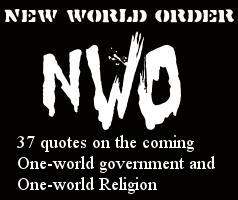
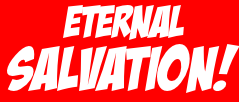

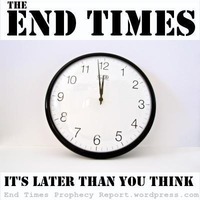
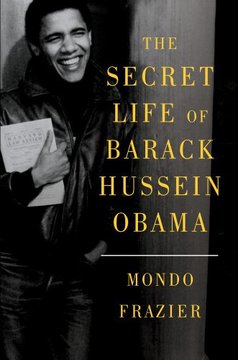
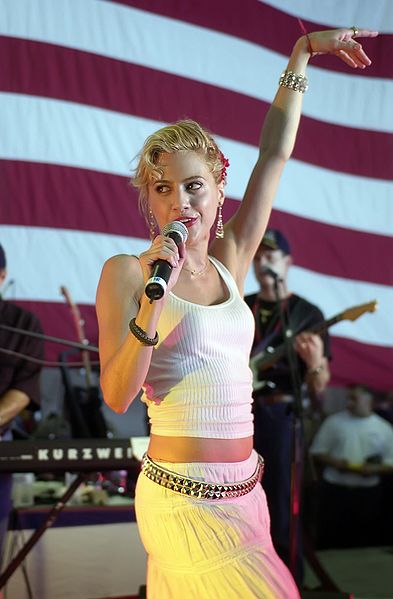



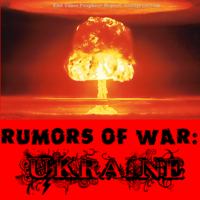

















No comments:
Post a Comment
Leave your name/nic.
We've changed the comments section to allow non-registered users to comment.
We'll continue like that until it's being abused.
We reserve the right to delete all abusive or otherwise inappropriate comments.